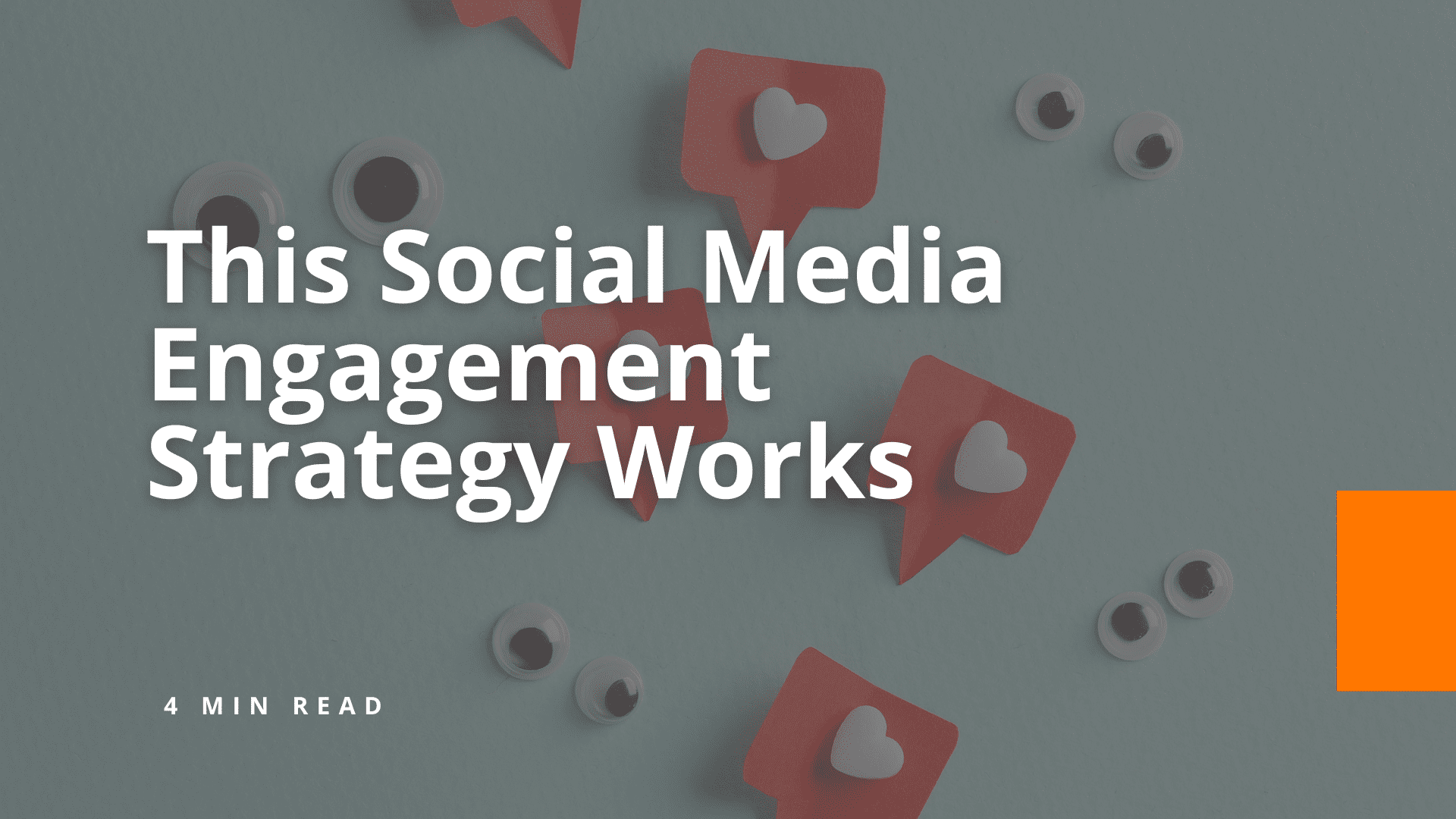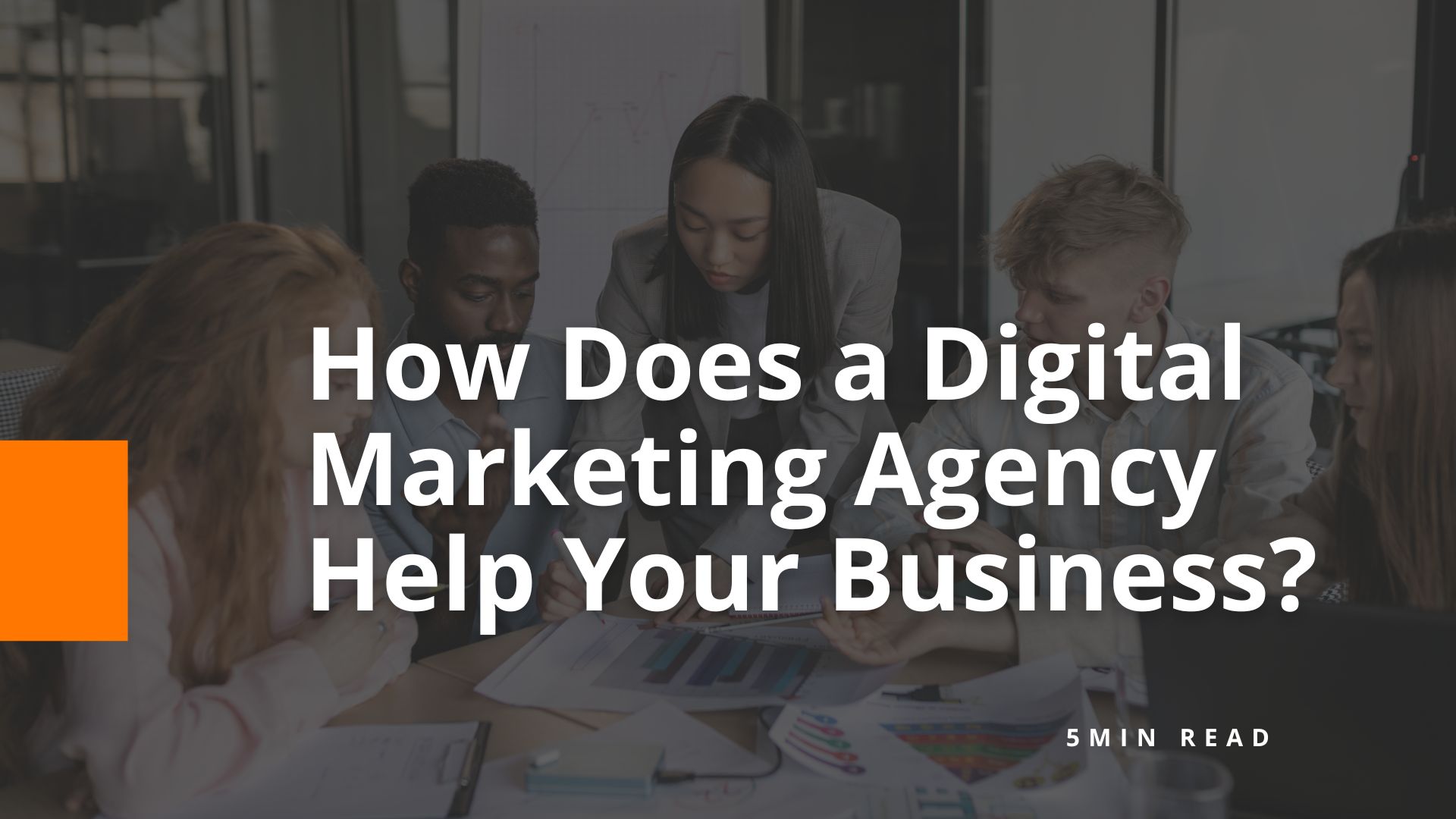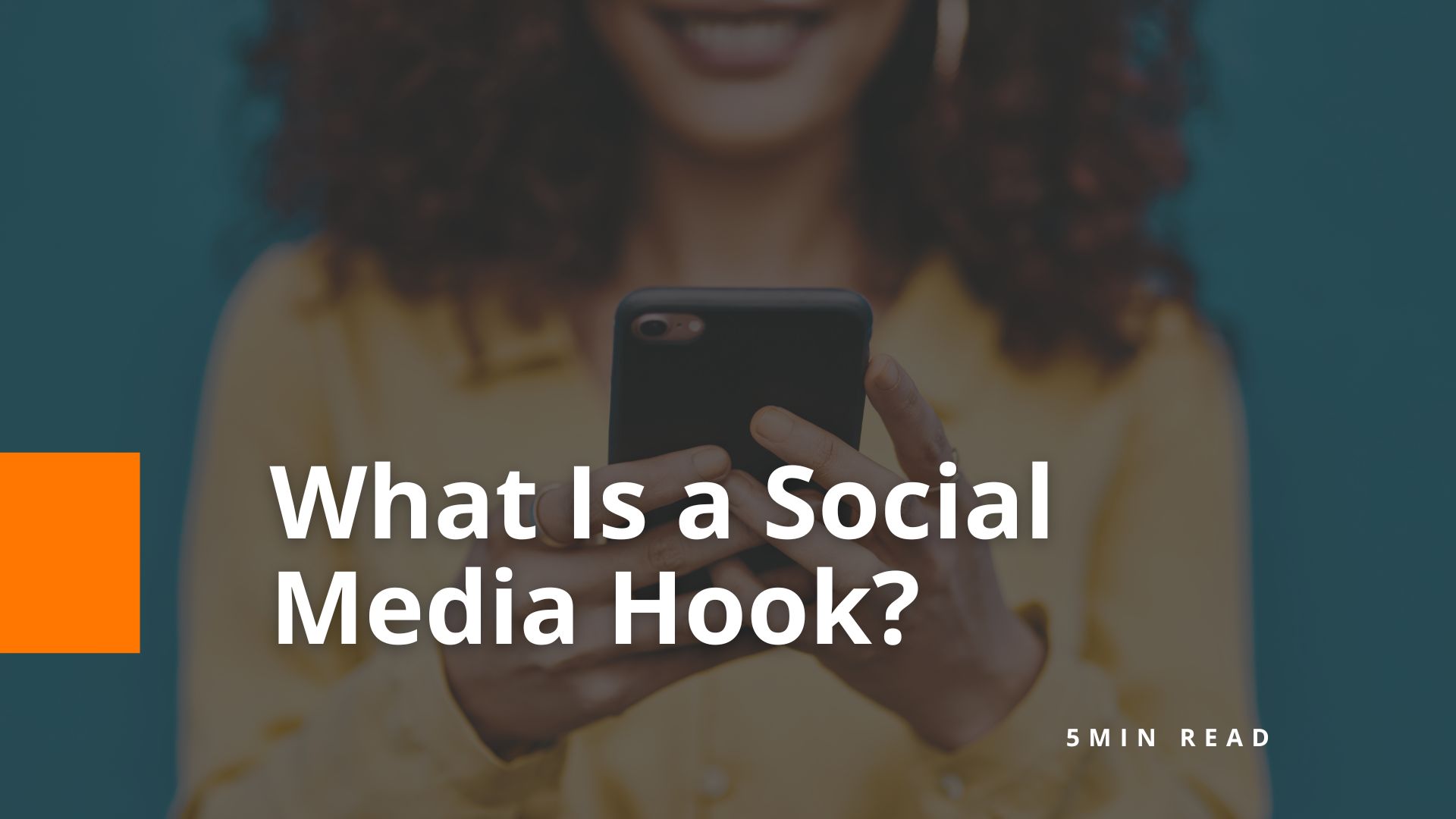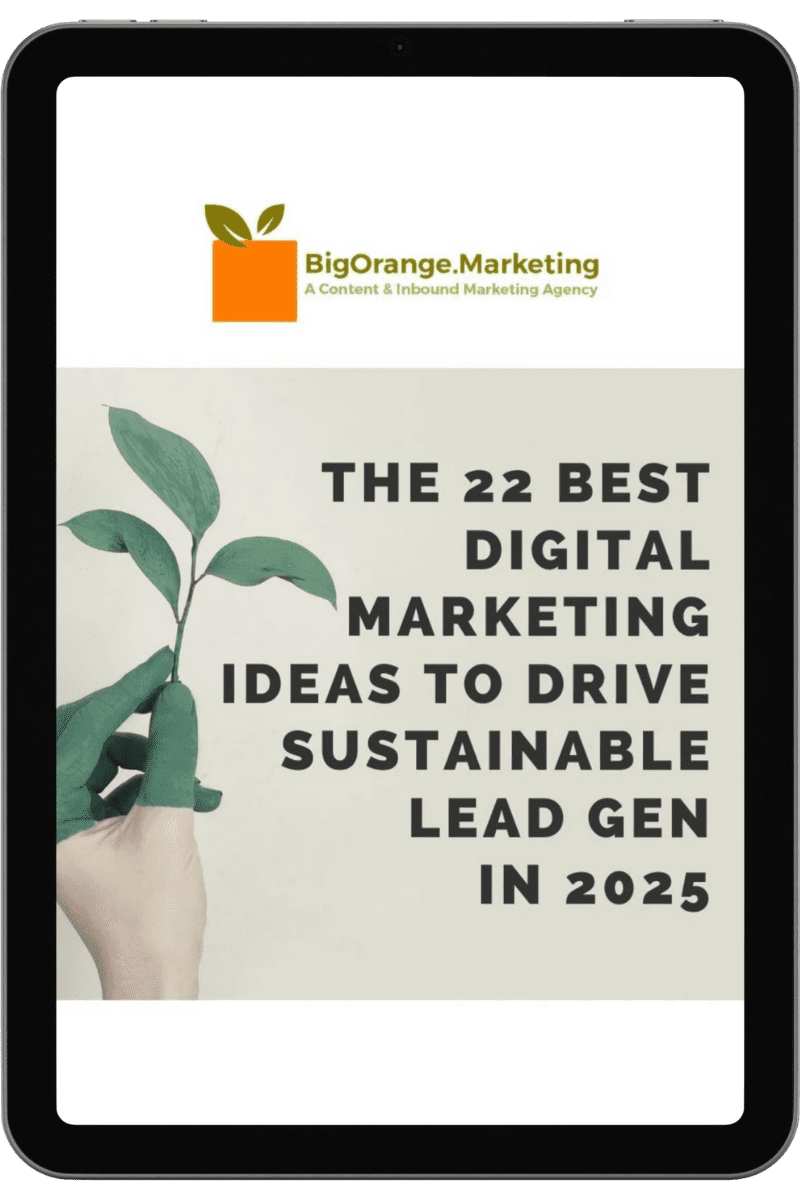7 Takeaways From Our Webinar: Employee Stock Ownership Plans and Beyond
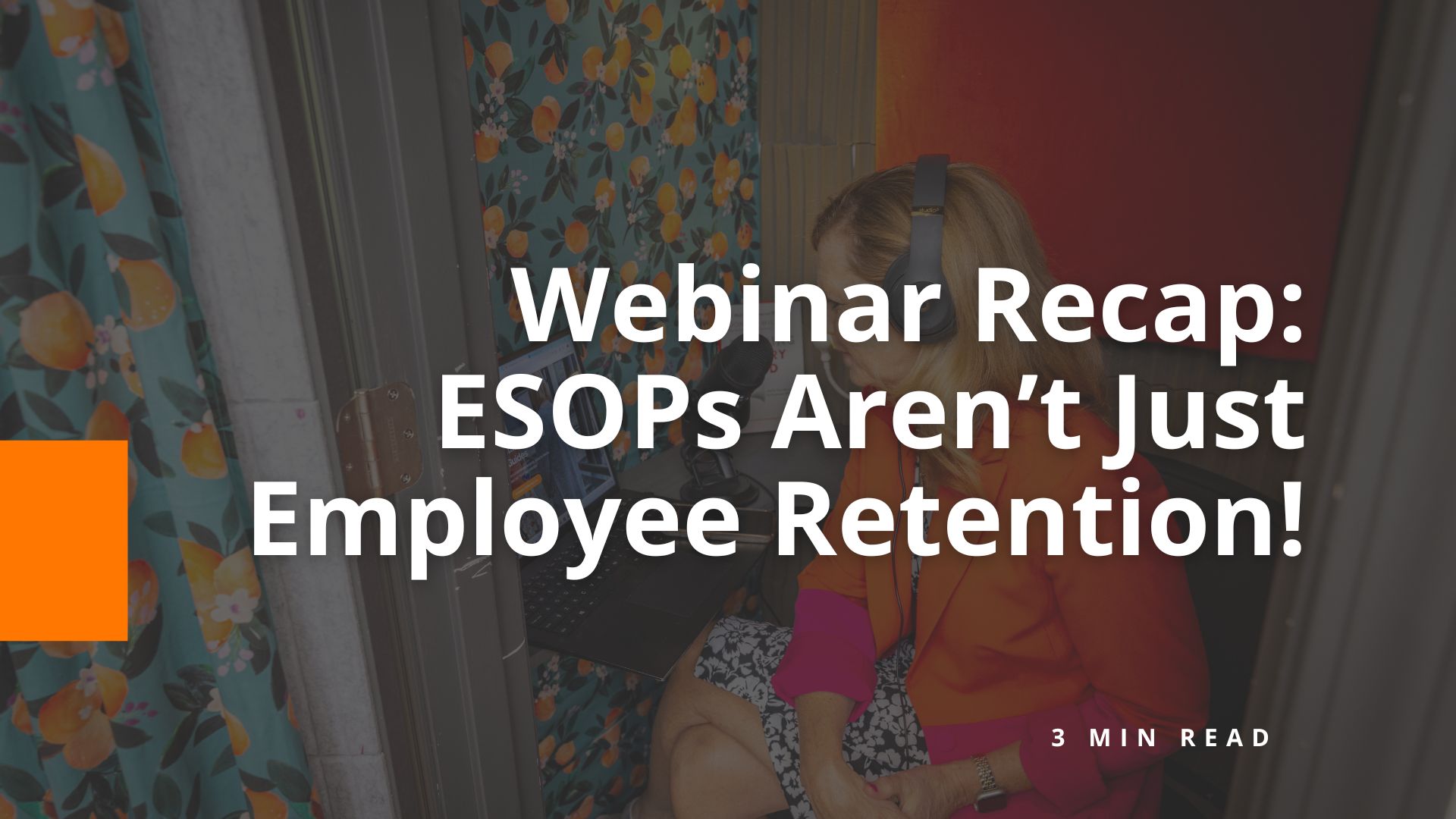
Our CEO, Margee Moore, recently hosted a webinar with Intrust IT’s CEO, Tim Rettig. Tim is an experienced leader in mergers and acquisitions and employee stock ownership plans (ESOPs). For Tim, choosing the ESOP route for his company in 2019 went beyond just ensuring customer and employee loyalty, it even improved his marketing efforts.
Whether you are planning to sell your business or plan to become an ESOP, keep reading for our recap of the webinar or watch the recording below.
Preparing for a Smooth Sale
Tim began the webinar by emphasizing the importance of preparation. Buyers want clarity, so a clean set of financials is essential.
Another way to provide clarity to potential buyers is by ensuring you have documented processes. This documentation ensures that operations don’t rely on one person’s knowledge and will make transitions smoother.
To further ensure your transition process is smoother, have standardized customer agreements and a unified technology stack. This helps reduce complexity overall and improve efficiency.
There are two things you’ll want to avoid:
- Overreliance on a single client because relying on one customer increases your risks, making buyers adjust their offers
- Artificially inflating your profitability by underpaying staff and owners
The M&A Process Simplified
Tim also broke down the stages of mergers and acquisitions into clear, actionable steps that you can take:
- Initial contact and NDAs: Early discussions start with confidentiality agreements.
- Due diligence: Buyers analyze finances, contracts and operational details. To streamline the process, prepare all of these in advance.
- Deal structuring: Purchase agreements formalize terms and set closing dates.
- Integration or standalone: After closing, buyers decide whether to integrate the acquired company or let it operate independently.
The more organized you are during this process, the more you can reduce surprises and ensure smoother negotiations.
Real-World Impact of Employee Stock Ownership Plans (ESOPs)
One of the webinar’s standout moments was Tim’s story of transitioning Intrust IT with an employee stock ownership plan (ESOP) in 2019. He was inspired by his father’s success with an ESOP. Tim sees it as a way to reward employees, reduce turnover and offer long-term stability.
“Being employee-owned makes us a more attractive buyer,” Tim explained. A seller is going to appreciate knowing their team is cared for. Since making the ESOP move, the acquisitions Intrust completed retained a majority of their staff. Turnover typically exceeds 50 percent in a merger.
Tim’s success highlights how employee stock ownership plans build loyalty, enhance company culture and strengthen businesses for long-term growth.
Using Employee Ownership as a Competitive Advantage
Intrust IT’s ESOP status even helps them with their branding and marketing. “Talk to an owner every time you call” is the messaging Intrust uses in their marketing strategy. This messaging reassures customers that they are talking with a team that’s dedicated to what they are doing.
Their website, created by BigOrange Marketing, prominently features their employee ownership status, customer satisfaction ratings and operational stability. Tim emphasized that ownership doesn’t just benefit employees – it also enhances customer trust and loyalty.
Lessons for Future Success
We were so glad to have the opportunity to discuss Tim’s insights into buying or selling businesses and how employee stock ownership plans can help with low turnover during acquisitions, employee and customer loyalty and marketing. By taking Tim’s advice, your business will be positioned for success – whether that means selling your business or transitioning to an ESOP.
Stay updated about our future webinar topics and marketing tips by following us on LinkedIn.
If you are looking to grow your business through expert marketing, book a meeting with us.
You can learn more about Intrust IT on their website.
Share the knowledge
6 Reasons You Want to Partner With a Digital Marketing Agency
As a business leader, you understand the importance of having a robust online presence in today’s digital age. Yet, keeping up with the constant changes…
Explore this TopicTurbo-charge Your MSP Website: Unlock the Power of Lucky 13
Managed service providers, want to transform your MSP website into a powerhouse of conversion? Here are 13 essential points that will elevate your website’s performance…
Explore this TopicHow Prospective Customers Evaluate Manufacturers
Did you know that your next marketing breakthrough as a manufacturer could be hidden within the buying behaviors of prospective customers? The Shift From Handshakes…
Explore this Topic

